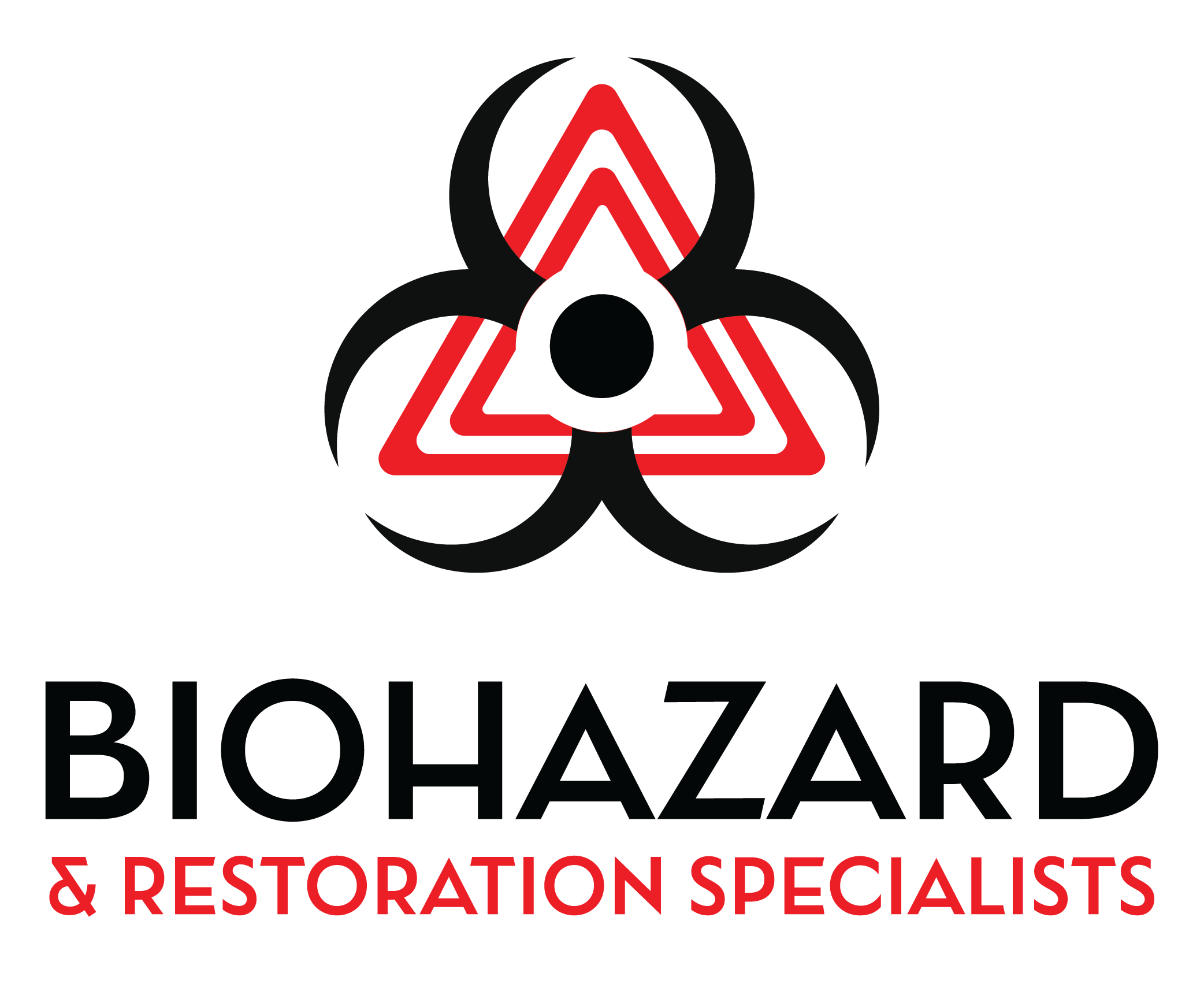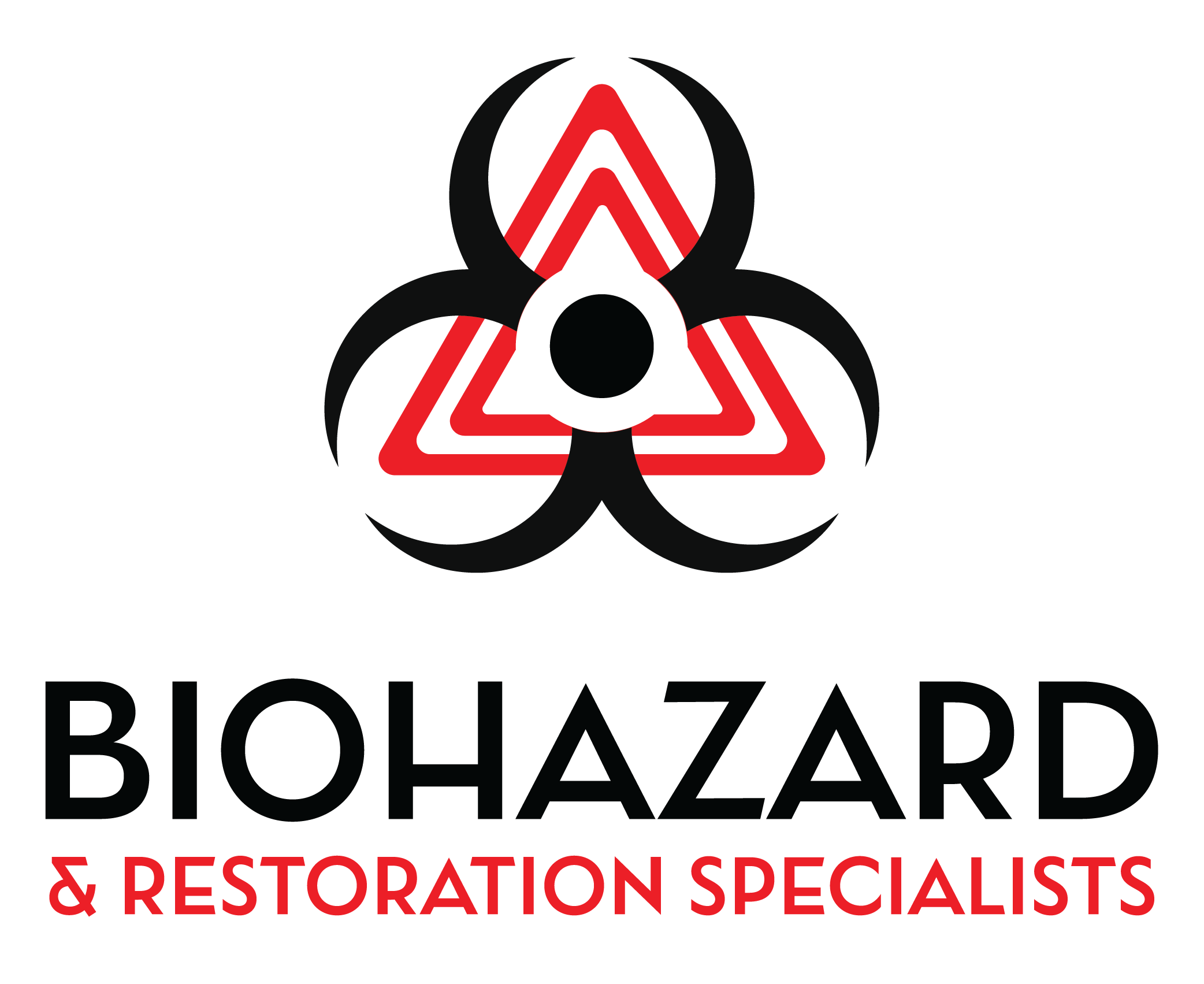Smoke damage is a pervasive issue that can affect homes and businesses alike, often leaving behind a trail of destruction that goes beyond mere physical damage. When a fire occurs, the smoke produced can infiltrate every nook and cranny of a structure, settling into walls, furniture, and even clothing. This residue is not just unsightly; it can also pose significant health risks.
The particles in smoke can be toxic, containing harmful chemicals that may lead to respiratory issues or other health complications if inhaled over time. As we delve into the effects of smoke damage, it becomes clear that understanding its implications is crucial for effective remediation. Moreover, the emotional toll of smoke damage cannot be overlooked.
For many, a home is not just a physical space but a sanctuary filled with memories and cherished belongings. The aftermath of a fire can leave us feeling vulnerable and overwhelmed. The sight of charred walls and the lingering smell of smoke can evoke feelings of loss and despair.
Recognizing the psychological impact of smoke damage is essential as we navigate the recovery process. It reminds us that restoration is not merely about cleaning up; it’s about reclaiming our sense of safety and comfort in our living spaces.
Key Takeaways
- Smoke damage can have a variety of effects on a home, including discoloration, odor, and corrosion of materials.
- It is important to thoroughly assess the extent of smoke damage, including hidden areas, to determine the best course of action for restoration.
- Cleaning and removing smoke residue requires specialized techniques and products to effectively remove soot and stains from surfaces.
- Deodorizing the home involves not only removing the source of the odor but also using professional techniques to neutralize and eliminate lingering smells.
- Restoring damaged surfaces and materials may involve repainting, refinishing, or replacing items that have been irreparably damaged by smoke.
Assessing the Extent of the Damage
Before we can embark on the journey of restoration, we must first assess the extent of the smoke damage. This step is critical, as it allows us to understand what we are dealing with and to formulate an effective plan for remediation. We should begin by conducting a thorough inspection of the affected areas, looking for visible signs of smoke residue on walls, ceilings, and furniture.
It’s important to remember that smoke can travel through ductwork and settle in areas that may not be immediately visible, so a comprehensive assessment is necessary. In addition to visual inspections, we should also consider the impact on our belongings. Items such as clothing, books, and electronics may have absorbed smoke particles, necessitating specialized cleaning methods.
We might find it helpful to create an inventory of damaged items, categorizing them based on their condition and the level of cleaning required. This inventory will not only assist us in organizing our restoration efforts but also serve as a valuable record for insurance claims. By taking the time to assess the damage thoroughly, we position ourselves for a more effective recovery process.
Cleaning and Removing Smoke Residue
Once we have assessed the extent of the damage, we can move on to the critical task of cleaning and removing smoke residue. This process can be labor-intensive and may require specialized techniques to ensure that all traces of smoke are eliminated. We should start by using dry cleaning sponges or cloths to gently wipe down surfaces, as these materials can effectively lift smoke particles without spreading them further.
It’s essential to work from top to bottom, as this prevents any debris from falling onto already cleaned areas. For more stubborn residues, we may need to employ a combination of cleaning solutions tailored to different surfaces. For instance, walls may require a mixture of water and vinegar or commercial smoke cleaners, while fabrics might need professional-grade upholstery cleaners.
As we clean, we should remain mindful of our safety by wearing masks and gloves to protect ourselves from inhaling harmful particles. The goal here is not just to restore the appearance of our home but also to create a healthier environment free from lingering toxins.
Deodorizing the Home
| Method | Effectiveness | Cost |
|---|---|---|
| Baking Soda | High | Low |
| Vinegar | High | Low |
| Activated Charcoal | High | Medium |
| Essential Oils | Medium | High |
After we have tackled the visible residue, the next step is deodorizing our home to eliminate the persistent smell of smoke.
We might start by ventilating our space; opening windows and using fans can help circulate fresh air and dissipate some of the odors.
However, this alone may not be sufficient to fully eradicate the smell. To effectively deodorize our home, we can explore various methods and products designed specifically for this purpose. Baking soda is a natural odor absorber that can be sprinkled on carpets and upholstery before vacuuming.
Additionally, activated charcoal bags placed strategically around the home can help absorb lingering smells over time. For more persistent odors, we might consider using ozone generators or professional-grade fogging machines that disperse deodorizing agents throughout the space. As we work through this process, patience is key; it may take several attempts to fully eliminate the smoke odor and restore our home’s freshness.
Restoring Damaged Surfaces and Materials
With the cleaning and deodorizing processes underway, we can now focus on restoring damaged surfaces and materials within our home. This stage often involves repairing or replacing items that have been irreparably harmed by smoke or fire. For walls and ceilings, we may need to repaint or even replace drywall if it has been severely damaged.
Choosing high-quality paint with odor-blocking properties can help seal in any remaining smells while providing a fresh look. When it comes to furniture and personal belongings, we should evaluate each item individually. Some pieces may respond well to professional cleaning services, while others may need to be discarded if they are beyond repair.
Upholstered furniture often requires deep cleaning or reupholstering to remove both stains and odors effectively. In cases where sentimental items are involved, we might consider consulting with restoration experts who specialize in salvaging cherished belongings. By taking these steps, we can gradually restore our living spaces to their former glory while ensuring that they are safe and comfortable once again.
Addressing Health and Safety Concerns
As we navigate through the aftermath of smoke damage, addressing health and safety concerns must remain at the forefront of our efforts. The presence of smoke residue can pose serious health risks if not properly managed. We should be particularly vigilant about potential respiratory issues that may arise from inhaling toxic particles left behind after a fire.
Ensuring proper ventilation during cleanup is crucial; using air purifiers equipped with HEPA filters can help capture harmful particles in the air. Additionally, we must consider any structural damage that may have occurred as a result of the fire. Compromised walls or ceilings could pose safety hazards if not addressed promptly.
It’s wise for us to consult with professionals who can assess structural integrity and recommend necessary repairs or reinforcements. By prioritizing health and safety throughout this process, we not only protect ourselves but also create a secure environment for our families as we work towards recovery.
Working with Professional Restoration Services
While many aspects of smoke damage restoration can be tackled independently, there are times when enlisting professional restoration services becomes essential. These experts bring specialized knowledge and equipment that can significantly expedite the recovery process while ensuring thorough remediation. When selecting a restoration company, we should look for those with experience in fire damage restoration specifically; their expertise will be invaluable in navigating the complexities associated with smoke damage.
Professional restorers often utilize advanced techniques such as thermal fogging or hydroxyl generators to eliminate odors effectively and restore air quality within our homes. They also have access to industrial-grade cleaning products that are more effective than standard household cleaners in removing stubborn residues. By collaborating with these professionals, we can alleviate some of the burdens associated with recovery while ensuring that our homes are restored safely and efficiently.
Preventing Future Smoke Damage
As we emerge from the challenges posed by smoke damage, it’s essential for us to take proactive steps toward preventing future incidents. Fire safety education plays a crucial role in this endeavor; understanding common fire hazards within our homes can help us mitigate risks effectively. We should regularly check smoke detectors, ensuring they are functional and equipped with fresh batteries.
Additionally, creating an emergency escape plan for our families can provide peace of mind in case of future emergencies. Furthermore, we might consider investing in fire-resistant materials for our homes or implementing fire suppression systems where feasible. Simple measures such as keeping flammable materials away from heat sources or practicing safe cooking habits can go a long way in reducing fire risks.
By fostering a culture of safety within our households, we empower ourselves to protect our homes from potential threats while ensuring that we never have to face the devastating effects of smoke damage again. In conclusion, navigating the aftermath of smoke damage requires a multifaceted approach that encompasses understanding its effects, assessing damage, cleaning thoroughly, deodorizing effectively, restoring surfaces, addressing health concerns, collaborating with professionals, and implementing preventive measures for the future. By taking these steps together, we can reclaim our living spaces and foster an environment that is safe, healthy, and welcoming once more.
When dealing with the aftermath of a fire, the smoke damage restoration process is crucial to returning a property to its pre-loss condition. This process involves several steps, including assessing the damage, cleaning soot and smoke residues, and deodorizing the affected areas. An important aspect of restoration is ensuring that all hazardous materials are safely removed and disposed of. For more information on related services, you might find the article on biohazard cleanup insightful, as it discusses the safe handling and removal of hazardous substances, which is a critical component in both biohazard and smoke damage restoration scenarios.
FAQs
What is smoke damage restoration?
Smoke damage restoration is the process of cleaning and restoring a property that has been affected by smoke and soot from a fire. This process involves removing smoke odors, cleaning surfaces, and restoring any damaged areas to their pre-fire condition.
What are the steps involved in smoke damage restoration?
The steps involved in smoke damage restoration typically include assessment of the damage, removal of soot and smoke residue, cleaning and deodorizing the affected areas, and restoring any damaged materials or belongings. Professional restoration companies may also use specialized equipment such as air scrubbers and ozone generators to remove smoke odors.
Why is it important to hire a professional for smoke damage restoration?
Hiring a professional for smoke damage restoration is important because they have the expertise, experience, and equipment necessary to properly clean and restore a property after a fire. Professionals can also ensure that all smoke odors are effectively removed and that the property is safe to inhabit.
How long does the smoke damage restoration process take?
The duration of the smoke damage restoration process can vary depending on the extent of the damage and the size of the property. In general, the process can take anywhere from a few days to several weeks to complete.
What are the potential health risks associated with smoke damage?
Exposure to smoke and soot from a fire can pose health risks, including respiratory issues and irritation of the eyes, nose, and throat. It is important to address smoke damage promptly to minimize these risks and ensure the safety of the property’s occupants.

